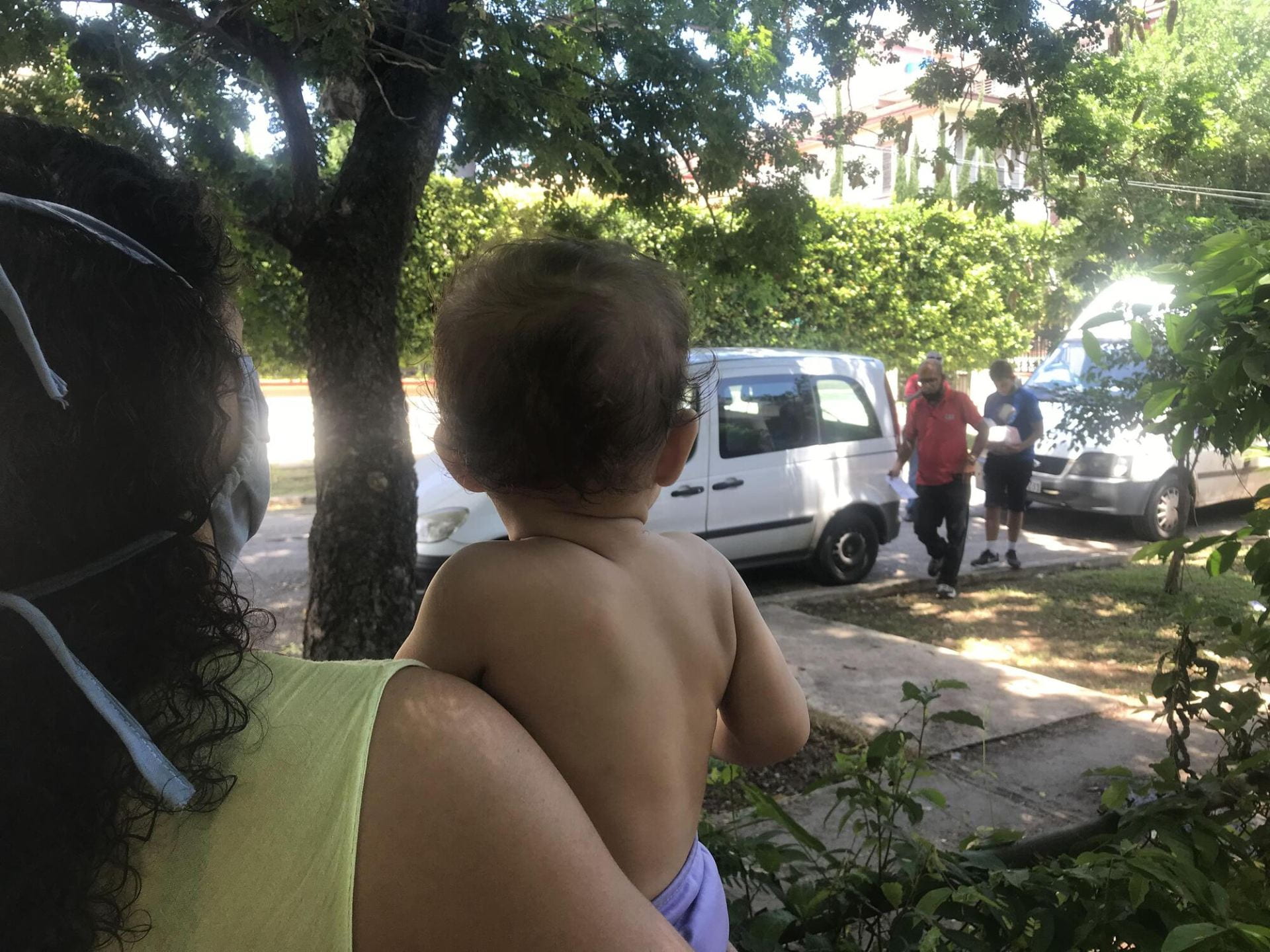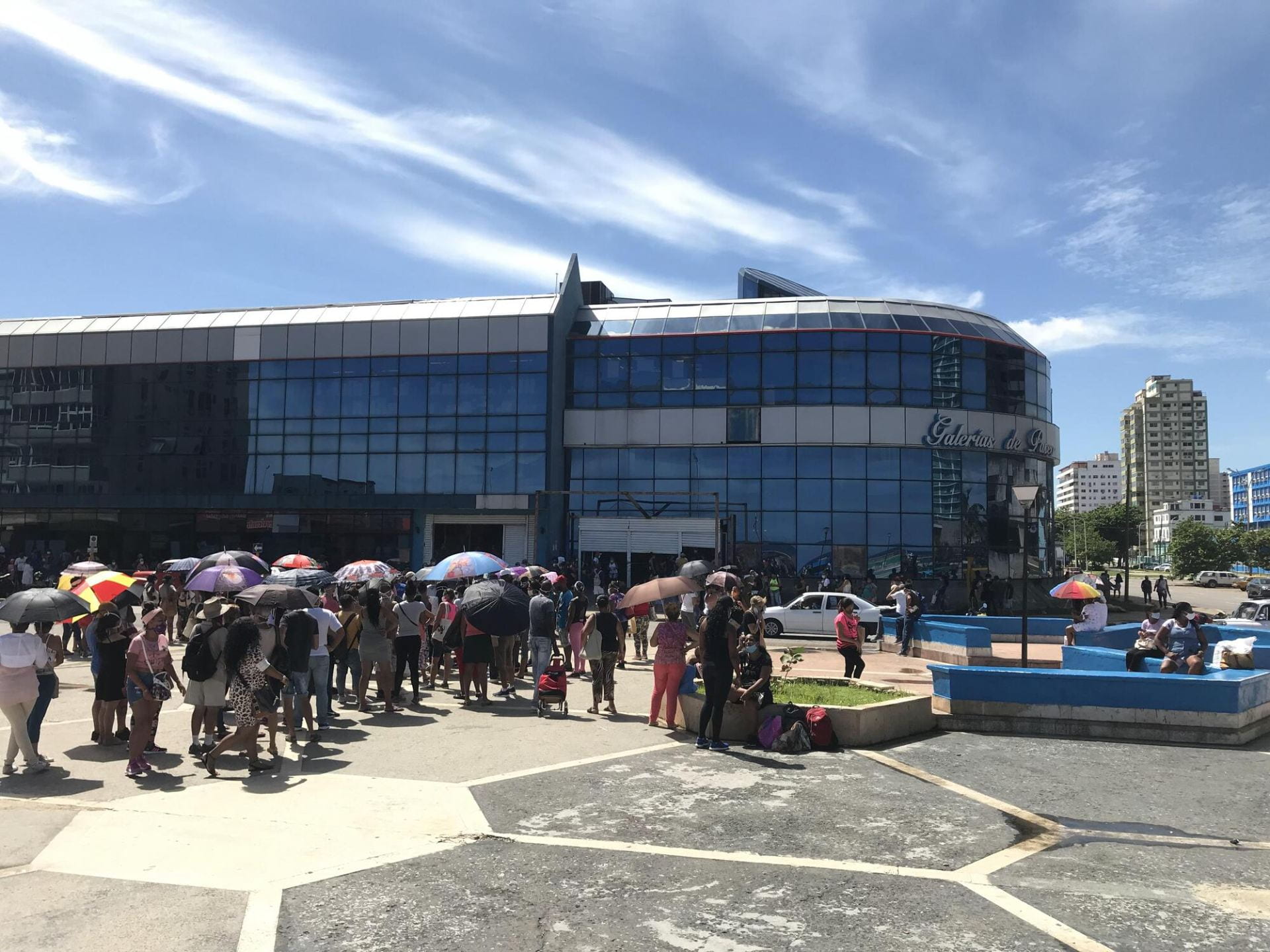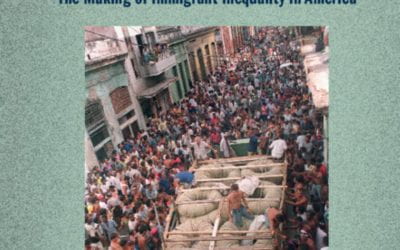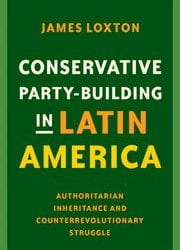COVID-19 and Inequalities in Havana
Segmented Consumption Opportunities in Cuba’s Changing Food System
I’ve been living in Cuba for the past ten years, and in the past few months have had the opportunity to watch how the Covid-19 pandemic has played out here quite differently than in much of the world. And I am particularly fascinated about how my own research on inequalities and food availability is playing out in this new period of crisis.
In Cuba timely coordinated actions by a centralized government, oriented by public health officials, researchers and academics, have largely controlled the threat of Covid-19. This summer the Cuban state unveiled a three-phase recovery plan and on June 18 the whole country, with the exception of Havana and Matanzas, entered in the first phase of post-COVID measures. The capital city Havana has lagged slightly behind the rest of the country, but on July 3 we also entered phase one. By mid-July most of the rest of Cuba had entered phase three.
In order to achieve these results, the Cuban state has mobilized public health workers and students. The rest of us pitched in by responding to the request to #quédateencasa and joining in the applause at 9 p.m. to recognize health workers. In the United States, where I’m originally from, I read about critical conversations taking place about who is defined as an essential worker and whether “essential” is just a euphemism for expendable or replaceable. There is a recognition that being able to stay home requires a level of economic and social privilege.
In socialist Cuba, many workers have been allowed to work from home. Parents who are unable to work because of closed schools receive sixty percent of their salary to take care of their children at home. However, even when one is not forced to leave the house to continue bringing in an income, in Cuba buying basic products cannot be done easily or remotely.
The Everyday Struggle to Put Food on the Table
Under the “normal conditions” of post-Soviet Cuba putting food on the table is a complicated endeavor that depends on strategically deploying not only economic capital, but also social capital. In my book, Everyday Adjustments in Havana: Economic reforms, mobility and emerging inequalities, I describe the systems of stratification that became the new “normal” in Cuba at the end of the Special Period. I also show how the fast-paced changes in Cuban economic and social policy outlined in the 2010-11 Guidelines of Economic and Social Policy of the Party and the Revolution have restructured opportunities for mobility, access to consumption and power in Havana.
Between 2012-2013, I interviewed professionals working in the economically disadvantaged state sector who described Cuba’s complex social structure using the deceptively simple labels upper class (clase alta, élite), middle class (clase media) and lower class (clase baja). Regardless of which social group the speaker belonged to there was remarkable consensus. Respondents named food security as one of the most important elements. The fact that a household was not concerned about where their next meal would come from and had steady access to three meals a day, separated Havana’s middle class from its lower class. Those whose basic food security needs were guaranteed consistently identified themselves as middle class.
Under Covid-19 quarantine, how people find food in Havana is changing once again. Successfully achieving food security and the ability to meet basic needs while following mandates to “stay home” signals a position of relative privilege. The segmented consumption system of stores and markets with varying levels of price controls and state subsidies in two currencies, the Convertible Cuban Peso (CUC) and the Cuban Peso (CUP) is becoming even more complex.
New ways of getting food supplies are emerging. In a few short months, Covid-19 has changed Havana’s food system. Upper-class and middle-class households with savings were able to stock up on basic goods before the quarantine began, filling their refrigerators and chest freezers. In Havana public transportation was paralyzed, limiting the possibility of searching for food in other parts of the city. Even under quarantine, households with access to private transportation freely moved throughout the city or to the countryside to stock up on goods like pork, no longer available even in the most privileged city markets.
During the first months of quarantine the Cuban state closed in-person sales at many large CUC stores. They promoted new options for online commerce to keep consumers at home. However, the demand for online sales quickly outstripped the online platform’s capacity to respond. According to Cubadebate, in February there had been just 1,356 orders and in March about 6,000. By April TuEnvío, an online shopping platform, was processing more than 73,300 orders and another 78,800 in the first two weeks of May.

View of the front of the store and the lines of people in the Plaza waiting to enter. In the background Hotels Riviera and Meliá Cohiba.
It wasn’t until late June that ETECSA, the Cuban telecommunications monopoly lowered the price of data by about half for LTE users. This may have helped facilitate the turn to digital spaces for users with the most modern smartphones. However, after the changes users with older phones that don’t use 4G technology now pay double the rates that 4G users pay.
Where new online store platforms failed, social capital kept food on the table in many Cuban homes. Friends and acquaintances used WhatsApp and Facebook groups to notify each other when sought-after products appeared in stores around the city. As bricks-and-mortar businesses closed, new smaller businesses, often focused on just one product (croquetas, frozen mangos or cloth diapers), began to emerge using WhatsApp to take orders to deliver.
The new online provisioning strategies come with many barriers which appear to make inequalities worse. In order to take advantage of online commerce shoppers must have a data-ready cellphone and pay to visit shopping sites. They must also have funds in a bank account specially configured for online payments. For people living with little disposable income the extreme wait times for delivery are especially untenable. The money comes out of the bank account right away, but the products are not being delivered until weeks or even months later. I’ve had first-hand experience with this process myself. I made three orders at the Tiendas Caribe’s 5ta and 42 store online on May 14, 15 and 17. The first was actually delivered to my house on June 22, rather than the promised five to seven days.

Handwritten sign on glass window lists the products available in the store. Reflection shows people waiting in line to enter and the Malecón behind them.
For those without the economic capital to buy online and wait for delivery, buy in bulk, order products to be delivered or move freely around the city, the only option is to depend on the products distributed through the ration book and wait in lines at stores selling scarce goods in CUC. With public transportation suspended this has meant either depending on neighborhood stores or walking miles across the city.
Waiting in line for two of the most sought-after products, chicken and detergent, means arriving at the store before dawn to get a number. Often these products run out before all the people with tickets have entered the store. It is not unheard of to arrive before dawn and not enter the store until mid-afternoon only to find that the product you hoped to buy had run out. Even when you do manage to buy there are limits on quantity that mean you will soon have to return to suffer the whole process again. In some of these lines the basic social distancing measures are being followed, but in others it is difficult to maintain your distance while fighting to not lose your spot.
In a moment in which Cubans are counseled to avoid large crowds, for many families it is impossible to follow the advice and also put food on the table. Internet memes joke about lines to buy chicken as being “super-spreader” events in Cuba. A moral panic has emerged around the gendered and racialized figures of the “colera,” a person who waits in line to sell her spot, and the “revendedores” who buy in state stores to resell at even higher markups.
In early July rumors began circulating about a group of CUC stores in the capital like Boyeros and Camagüey, Línea and L, and Línea and 12th that were being fully stocked, but closed to customers. According to the rumor mill, the stores were being prepared to reopen to sell basic food and hygiene products in U.S. dollars, harkening a move back to the opening of the Tiendas Recaudadores de Divisas (TRDs) in 1993.

Line to enter small neighborhood store on Calzada in Vedado winds around the block when shampoo is being sold.
The president confirmed the economic difficulties facing the country and the world as a result of the pandemic and mentioned the measures being taken in Cuba, hoping to dispel anxieties in the population that had been fed by the rumors of the dollarization of local commerce. As Diaz-Canel explained, “Every day we are engaged in search of solutions to these problems, thinking and feeling like the people, thinking and acting for the good of all, it is our job to explain why, on occasions, to benefit all we have to implement measures that “seem” to benefit the few, but that in the long term will benefit all.”
In the last four months since Covid-19 began to transform everyday life on the island, changes in the food system of the capital have created increasingly segmented consumption opportunities. In the long term what impact will these new developments have on economic inequalities and stratification in Cuba? Current research on life in the Covid-19 era in Cuba should ask what impacts changes in the food system are having on vulnerable populations such as Black Cubans, internal immigrants, state sector workers, elderly people living alone, pregnant women and families with small children.
Hope Bastian is a cultural anthropologist and Deputy Director Director for Academic and Student Affairs at the Consortium of Advanced Studies Abroad (CASA) in Havana, Cuba. She is the author of Everyday Adjustments in Havana: Economic Reforms, Mobility and Emerging Inequalities (Lexington Studies on Cuba, 2018).
Related Articles
A Review of Cuban Privilege: the Making of Immigrant Inequality in America by Susan Eckstein
If anyone had any doubts that Cubans were treated exceptionally well by the United States immigration and welfare authorities, relative to other immigrant groups and even relative to …
A Review of Conservative Party-Building in Latin America: Authoritarian Inheritance and Counterrevolutionary Struggle
James Loxton’s Conservative Party-Building in Latin America: Authoritarian Inheritance and Counterrevolutionary Struggle makes very important, original contributions to the study of…
Endnote – Eyes on COVID-19
Endnote A Continuing SagaIt’s not over yet. Covid (we’ll drop the -19 going forward) is still causing deaths and serious illness in Latin America and the Caribbean, as elsewhere. One out of every four Covid deaths in the world has taken place in Latin America,...






